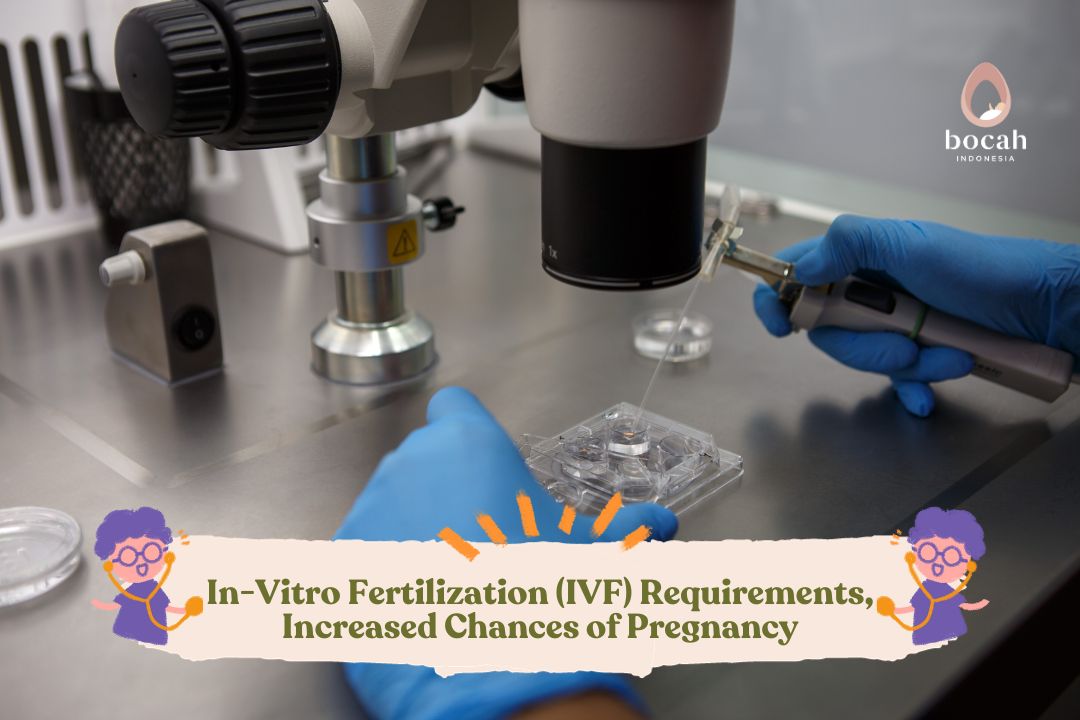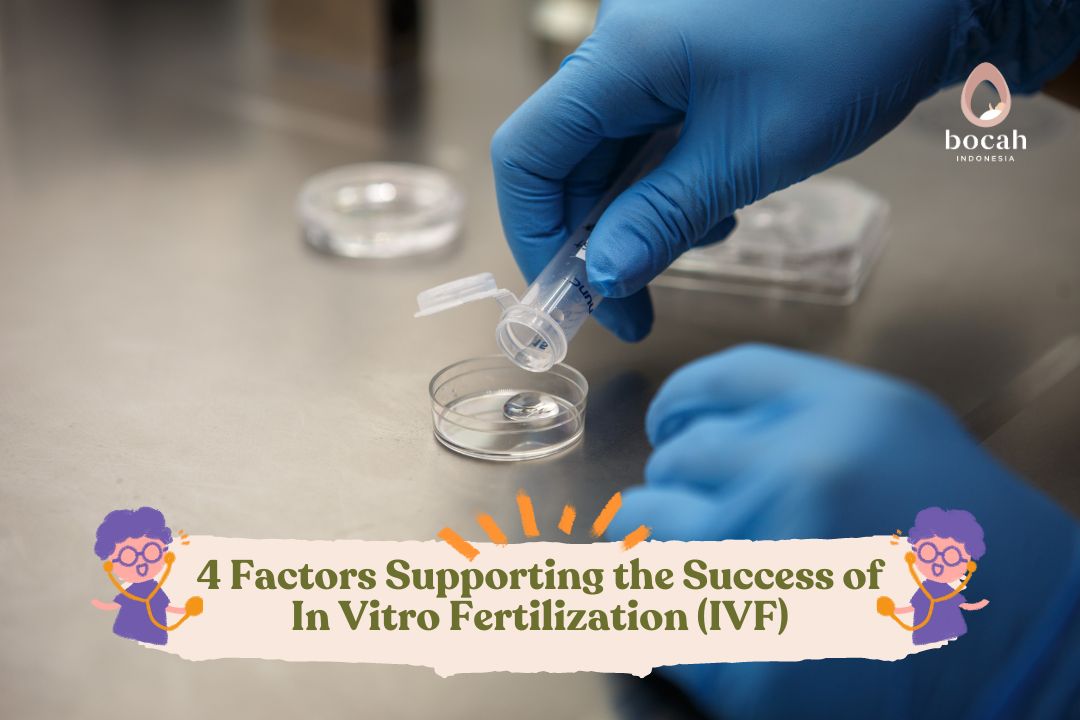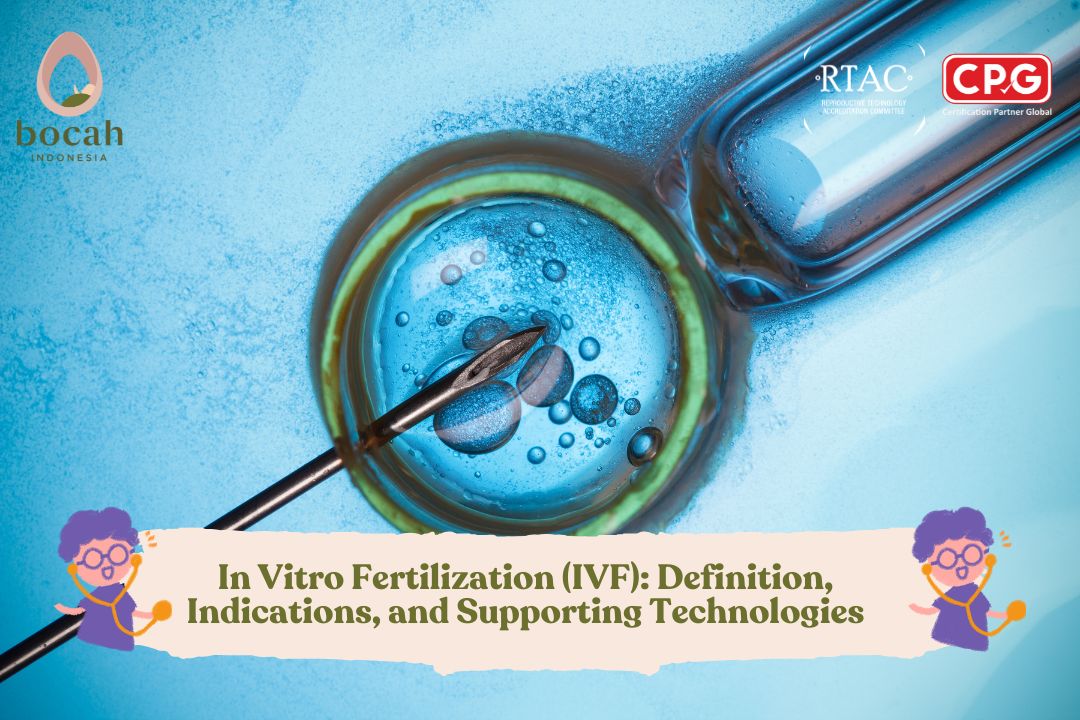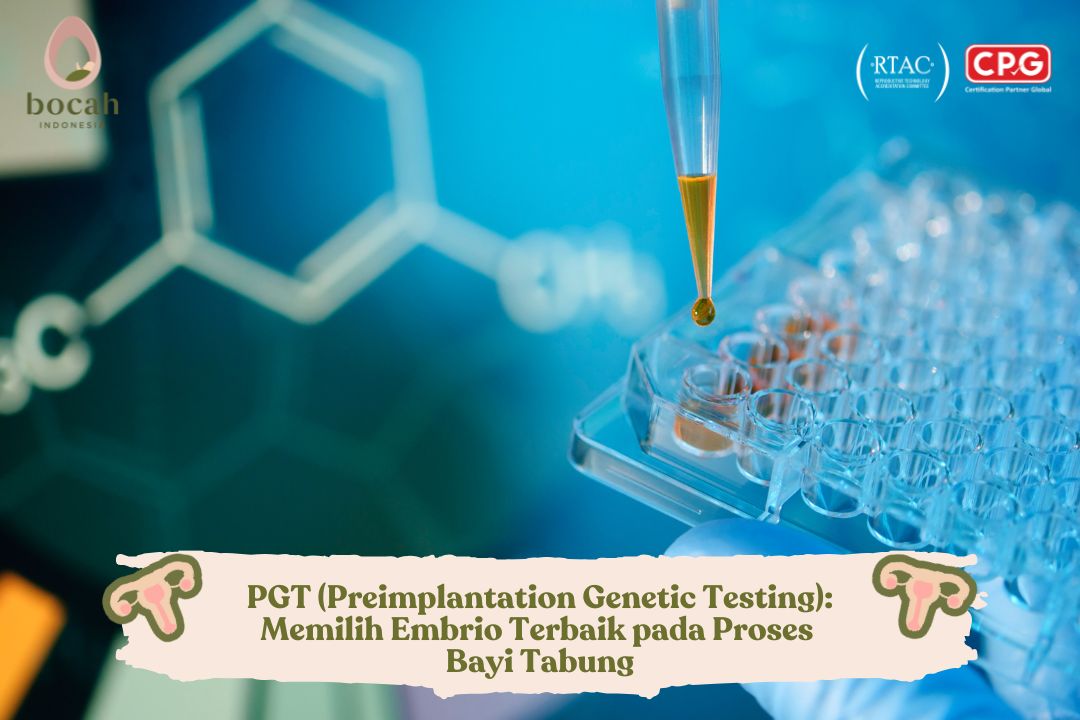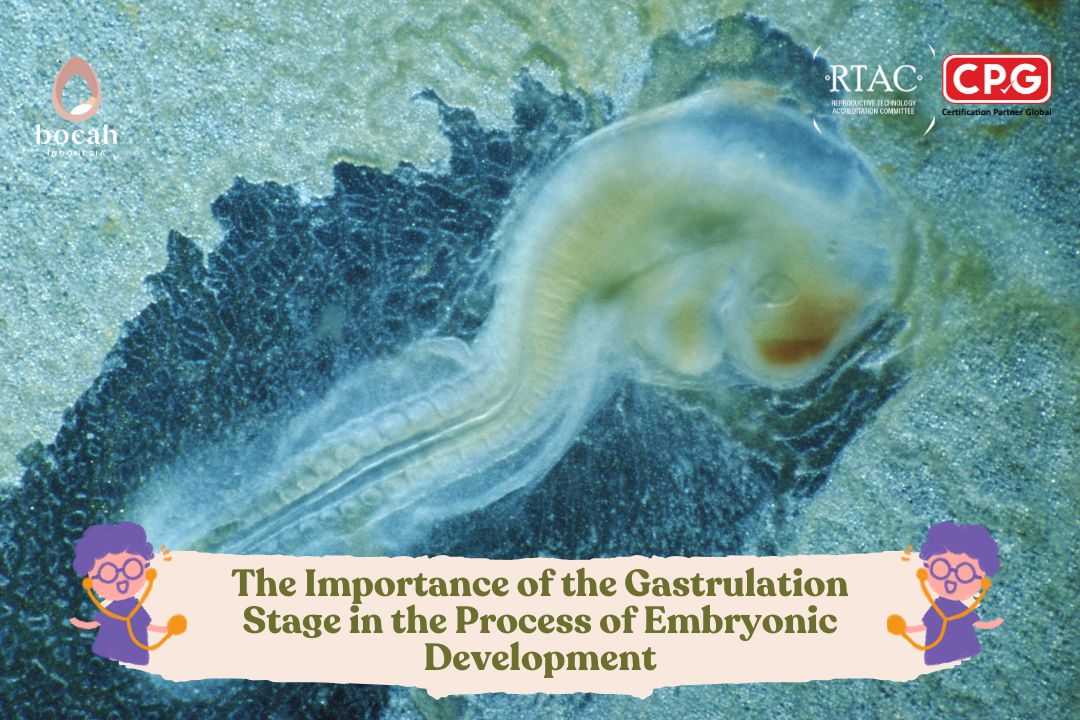Embryo Development in In Vitro Fertilization Program
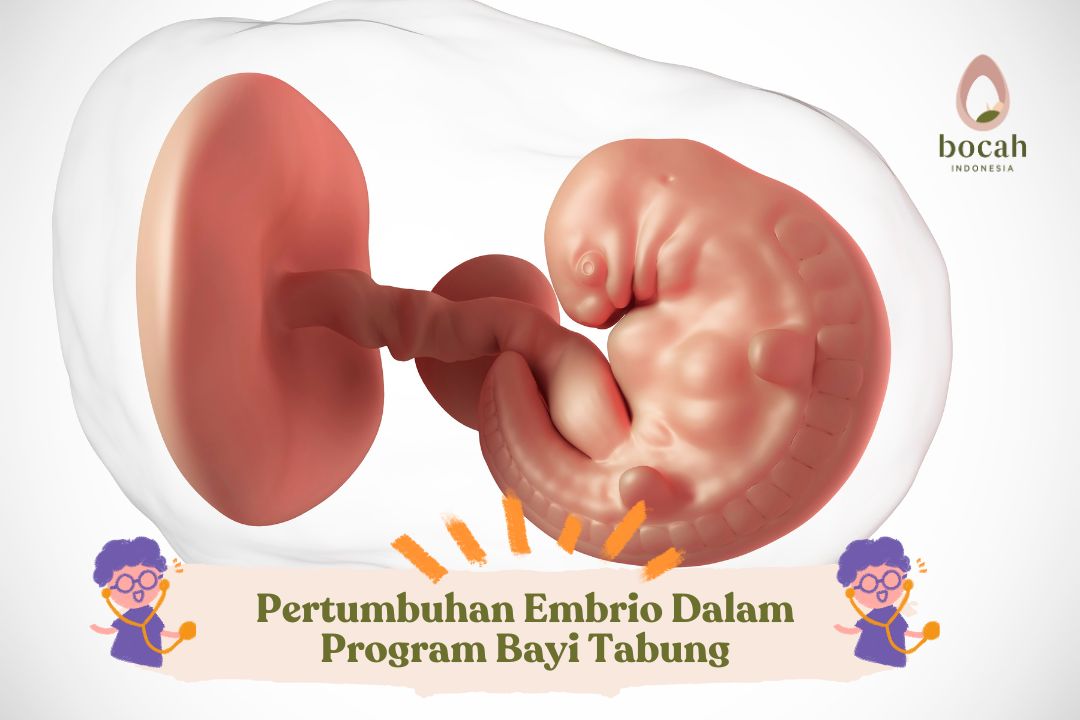
In-vitro fertilization (IVF), also known as the test-tube baby program, is one of the most effective ways to increase the chances of having a child for couples.
According to the Cleveland Clinic, it is estimated that more than 8 million children have been born through the IVF program since 1978.
The IVF program itself consists of several procedural stages. One of these is the monitoring of embryo development, which plays a crucial role in the success of the IVF program.
This process can reduce the quality of the embryo. Therefore, the chances of success and failure are equally significant.
Fortunately, with technological advancements, the success rate of the IVF program has increased due to the monitoring of embryo development through time-lapse embryo monitoring. What is it? Check out the explanation below, dear parents!
Tanya Mincah tentang Promil?
Embryo Development Monitoring
As is known, the in-vitro fertilization (IVF) program begins with the fertilization of the egg and sperm outside the body. The process is very complex and takes about 4-6 weeks.
The IVF program starts with the retrieval of eggs from the ovaries. Then, manual fertilization is performed by directly injecting sperm into each mature egg outside the womb. Meanwhile, immature eggs are placed in a container filled with sperm and nutrients.
When mature, the sperm will fertilize the eggs in the container. About 70% of mature eggs will be fertilized.
The fertilized eggs then develop into embryos. The embryos are then placed into an incubator. Subsequently, the growth of the embryos will be monitored.
There are two types of embryo growth monitoring, namely:
1. Traditional Embryo Development Monitoring
Monitoring embryo development takes about 5-6 days. The embryo’s progress is carefully observed by an embryologist in the laboratory. The growth of the embryo is very dynamic, with many changes occurring within hours and days.
In the traditional embryo development evaluation process, the embryologist must remove the embryo from the incubator. However, embryo cells are very sensitive to changes in temperature and pH.
When outside the incubator, the quality of the embryo can decrease or even be at risk of damage. Therefore, traditional embryo development monitoring is very brief and limited to only once a day.
Because the monitoring process is very brief, the embryologist also risks missing developmental characteristics of the embryo that could indicate signs of embryo viability. Additionally, the decrease in embryo quality can reduce the chances of pregnancy for the mother.
2. Time-Lapse Embryo Development Monitoring
Monitoring embryo development through time-lapse embryo monitoring technology or time-lapse incubator technology can increase the chances of pregnancy. This technology allows embryologists to select the highest quality embryos.
A time-lapse incubator is a special incubator equipped with an internal camera to periodically capture images of embryo development. This camera is connected to a microscope system.
Embryologists then closely monitor the time-lapse videos of each critical stage of embryo development, such as the dynamics of embryo division processes and embryo morphology. This allows for early detection of developmental abnormalities.
Time-lapse embryo monitoring technology also allows monitoring to be conducted without having to remove the embryo from the incubator. In a more stable incubation environment, the risk of embryo damage can be reduced. The potential to obtain the highest quality embryos is thus increased.
However, monitoring embryo development through a time-lapse embryo incubator does not guarantee a 100% success rate of the IVF program. There are many factors that can trigger IVF program failure, such as issues during the embryo transfer process, embryos stopping growth, or failing to implant.
After Embryo Development Monitoring
The best embryos will then proceed to the next phase, which is embryo transfer. Meanwhile, the remaining embryos that are not used can be frozen on the fifth or sixth day and used for future embryo transfers.
There are two types of embryo transfers: fresh embryo transfer and frozen embryo transfer. Fresh embryo transfer means that the embryo will be placed into the mother’s uterus about 5-7 days after egg retrieval. These fresh embryos have not been frozen.
On the other hand, frozen embryos are taken from embryos that were frozen from previous IVF programs. The embryos are then thawed and placed into the mother’s uterus.
As mentioned, frozen embryo transfers can also be done years after fertilization.
Before embryo transfer, the mother usually undergoes preparation by taking hormones orally, by injection, vaginally, or transdermally. The use of hormones helps prepare the mother’s uterus to receive the embryo.
When the uterus is deemed ready, the mother will then undergo the embryo transfer procedure. The procedure is performed by injecting the embryo through a catheter into the uterus.
Embryo transfer usually takes about 10 minutes. If there are no issues during the embryo transfer process, the mother will then wait for the pregnancy process for 9-14 days after the transfer.
Pregnancy occurs when the embryo successfully implants itself into the lining of the mother’s uterine wall.
Now you know the importance of embryo development monitoring for the success of the IVF program, right? Some IVF clinics in Jakarta already offer time-lapse incubator technology.
If you want to undergo an IVF program, you can visit the Bocah Indonesia Fertility Center!
This article has been medically reviewed by Dr. Chitra Fatimah.
Source:
- Nova IVF Fertility. What is Time-lapse Embryo Monitoring? 2024
- Cleveland Clinic. IVF (In Vitro Fertilization). 2024
- Prague Fertility Centre. Time-lapse monitoring. 2024
- Reproductive Biology and Endocrinology. Embryo selection: the role of time-lapse monitoring. 2024
- FKMK UGM. Mengulik Lebih Dalam Tentang Program Bayi Tabung. 2022




